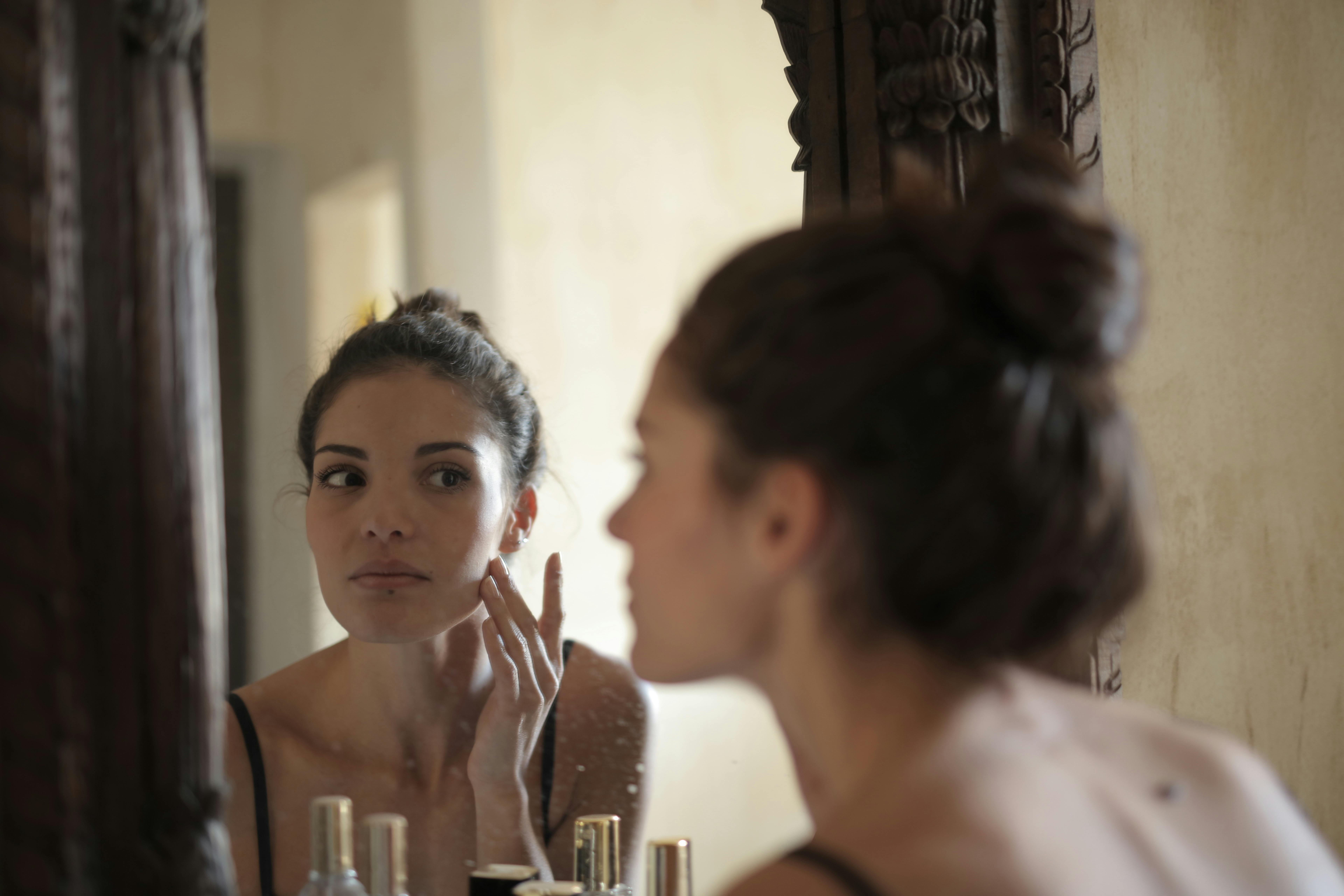Smart transitions: adapting your look from day to night
A practical guide to shifting a daytime makeup look into an evening-ready style. Learn how to adjust foundation coverage, enhance eyeshadow and eyeliner, refresh with touchups, and use brushes and primer to maintain longwear results for different settings and lighting.

Creating a makeup look that survives a full day and adapts seamlessly to evening plans is about strategy more than excess. Start with reliable skincare and a thoughtful base, then use targeted adjustments—deeper shadow, sharper liner, or a concentrated highlight—to lift your daytime routine without rebuilding it from scratch. This approach preserves comfort and longevity while allowing creative expression for different occasions.
Skincare and primer: preparing the base
Proper skincare sets the stage for any makeup transition. Cleanse and hydrate according to your skin type, then apply a primer tailored to concerns such as oil control, hydration, or texture smoothing. A well-chosen primer improves adherence of foundation and concealer, reduces midday shine, and helps longwear formulas perform better in variable lighting. Consider products with a subtle illuminating or mattifying finish depending on whether your evening plans favor glow or a refined matte look.
Start your skincare routine early—apply moisturizer first, let it absorb, then a thin layer of primer. This sequence keeps application smooth and minimizes pilling. Using SPF in daytime is important; if you plan heavier evening makeup, a lightweight sunscreen paired with primer helps maintain even coverage without looking cakey.
Foundation and concealer: matching undertones and coverage
Select a foundation shade that matches your undertones for harmonious coverage in both natural and artificial light. For daytime, lighter coverage or a sheer-to-medium foundation often suffices; for evening, you can deepen coverage selectively using concealer or layering foundation in areas that need evening out. Use color correction only where necessary—peach or orange correctors can neutralize dark circles, while green correctors reduce redness before applying foundation.
Application matters: use a damp sponge or dense brush for a skin-like finish, blending outward to avoid harsh edges. For touchups later, carry a compact concealer to refine the T-zone or under-eye area rather than reapplying full foundation. This preserves the initial skin texture while addressing fatigue or shine.
Blending and contouring: shaping without heaviness
Blending is central to a seamless day-to-night shift. Gentle contouring can add dimension under evening lights, but avoid heavy lines that read harsh at close range. Use cream contour products for a natural meld with foundation, then lightly set with a translucent powder to keep everything in place. Brushes with soft, dense bristles help diffuse product for a sculpted yet soft appearance.
When transitioning, intensify contour subtly: deepen the hollows of the cheeks and the jawline just enough to show structure on camera or in dimmer venues. Keep highlighter minimal for daytime and add a focused swipe on the high points for night to catch light without appearing oily.
Eyeshadow and eyeliner: daytime restraint to evening drama
Daytime eyeshadow typically prioritizes a neutral palette and subtle definition. For night, deepen the crease with a slightly darker matte shade and add a shimmer or metallic tone on the lid center to catch artificial light. Blending remains key—use small circular motions to avoid patchiness and maintain a soft gradient between shades.
Eyeliner can be a quick pivot: smudge a pencil liner along the upper lash line for daytime definition, then sharpen it into a thin wing or intensify it with gel or liquid liner for evening. If you want a smoky effect, smudge a dark eyeshadow along the lower lash line and connect it subtly to the outer corner. Waterproof or longwear formulas help prevent transfer during late hours.
Brushes, application tools and longwear techniques
Choosing the right brushes supports precise application and blending. A flat foundation brush or sponge gives coverage control; a fluffy blending brush softens eyeshadow edges; a small angled brush works for gel liner or filling brows. Clean brushes regularly to avoid color muddying and ensure smooth blending.
For longwear results, layer thin products instead of piling on thick layers. Set creamy products with a light dusting of translucent powder where needed, and use setting spray to meld layers and boost longevity. Keep a few compact touchups—blotting papers, a small powder, and a mini eyeshadow or pencil—so you can refine the look before an evening event without a full redo.
Color correction and touchups during the day
Color correction can be a discreet tool: neutralize sallowness or redness with lightweight correctors under foundation, then reapply concealer only to the spots that need coverage. For touchups, prioritize removing excess oil with blotting papers before applying powder to prevent cakey buildup. A creamy concealer stick or a small pot provides targeted coverage for blemishes or under-eye creasing without disturbing the rest of your makeup.
When preparing for night, focus on the eyes and lips as the main transformation points. Sharpen eyeliner, deepen shadow, and refresh brows to frame the face. If you want more glamour, add a richer lip color or a gloss over your daytime shade. These quick interventions transform the mood of your look while keeping the base intact.
Conclusion Adapting a daytime makeup look for evening involves intentional tweaks rather than complete overhaul. With a well-prepared base, mindful blending, and a few targeted intensifications—on the eyes, contour, and finish—you can move from subtle daytime polish to evening definition. Rely on the right tools, respect undertones, and plan light touchups to keep your look consistent across different lighting and settings.





